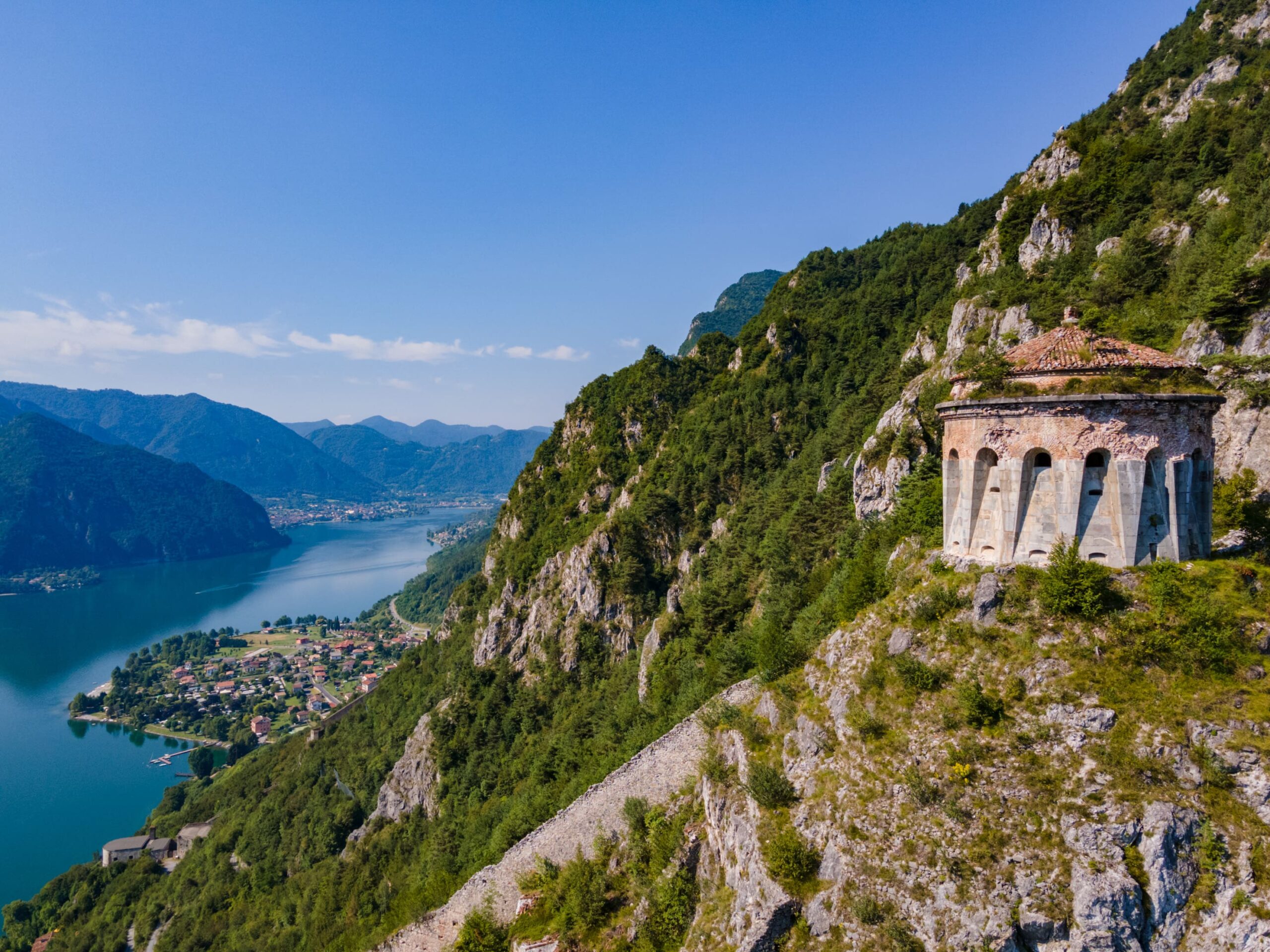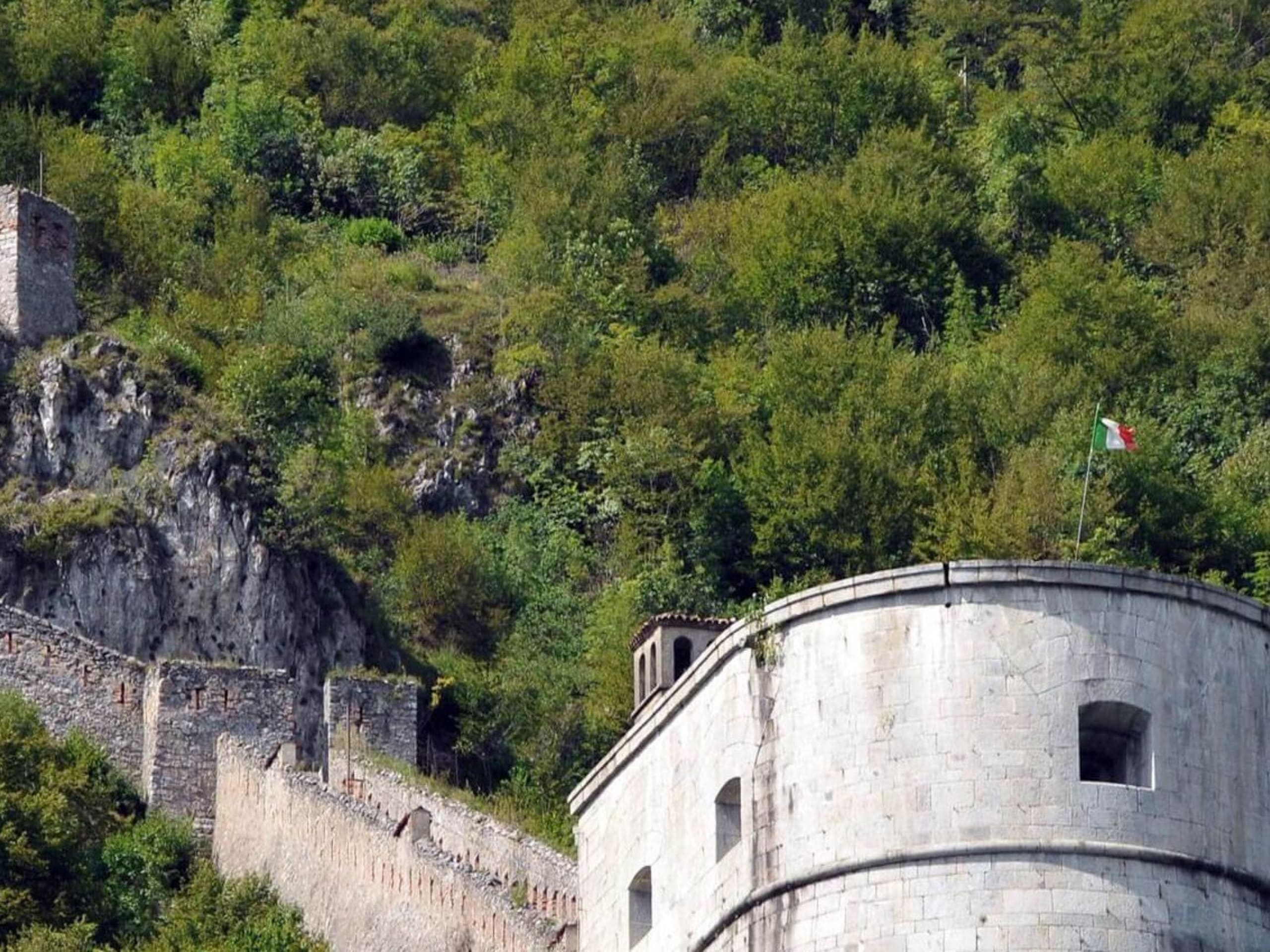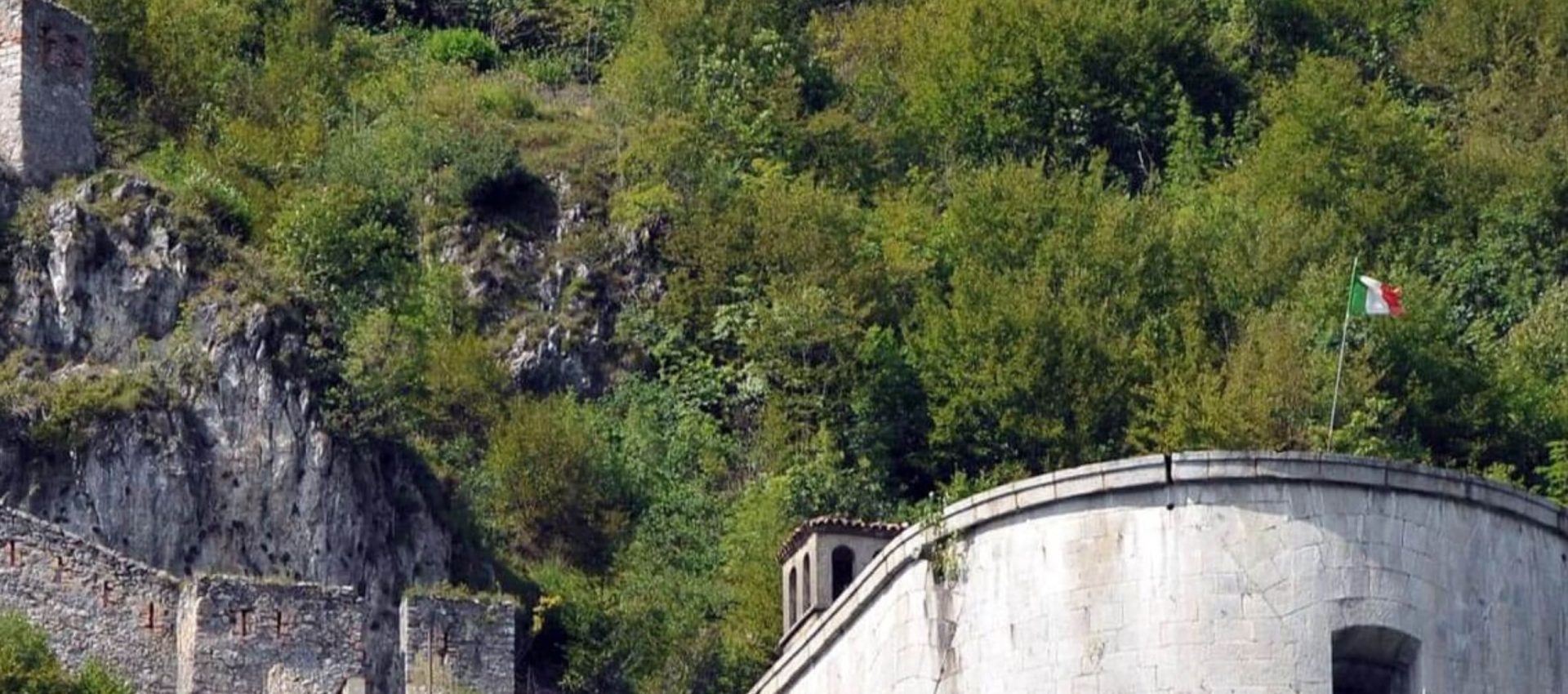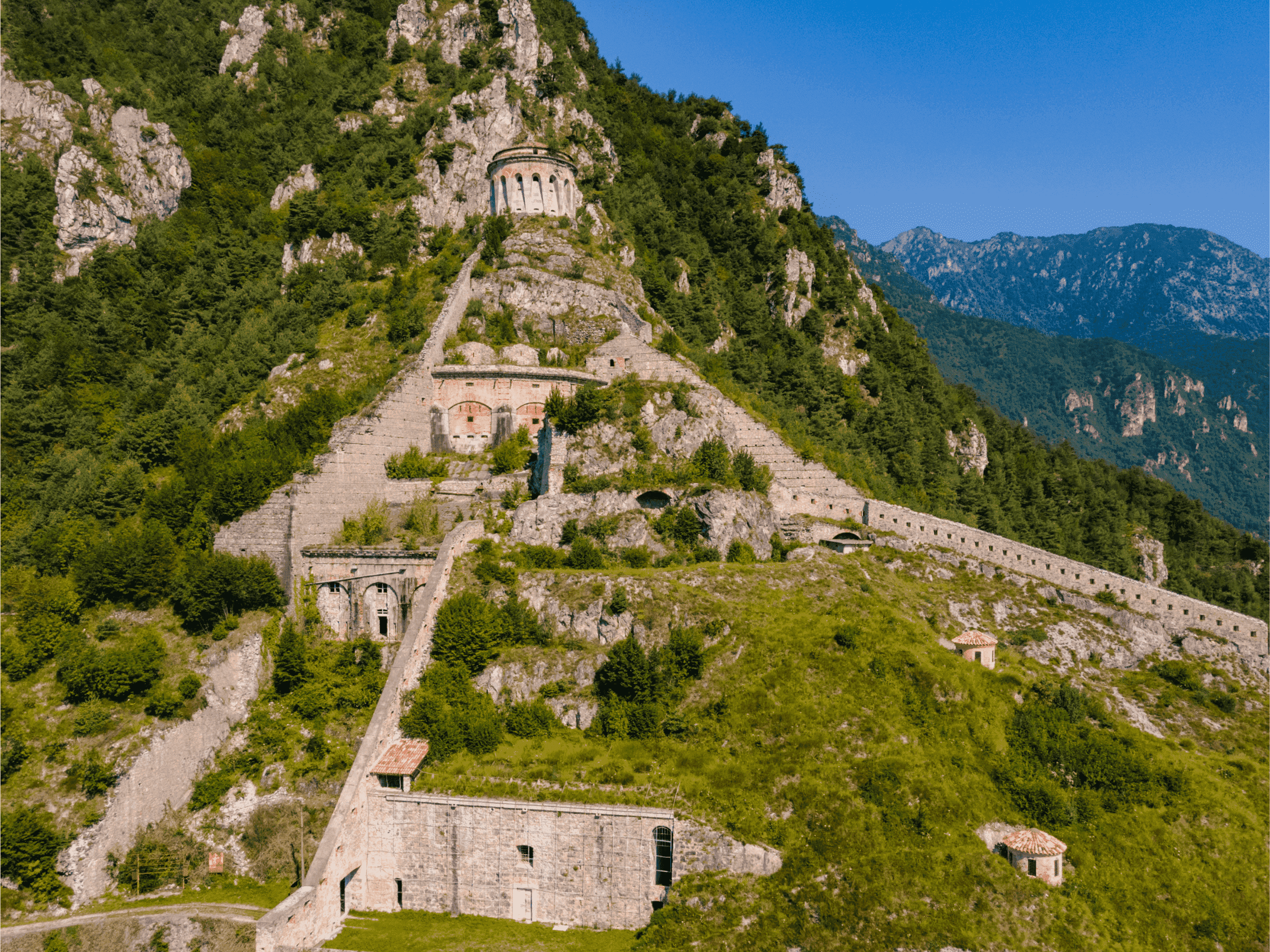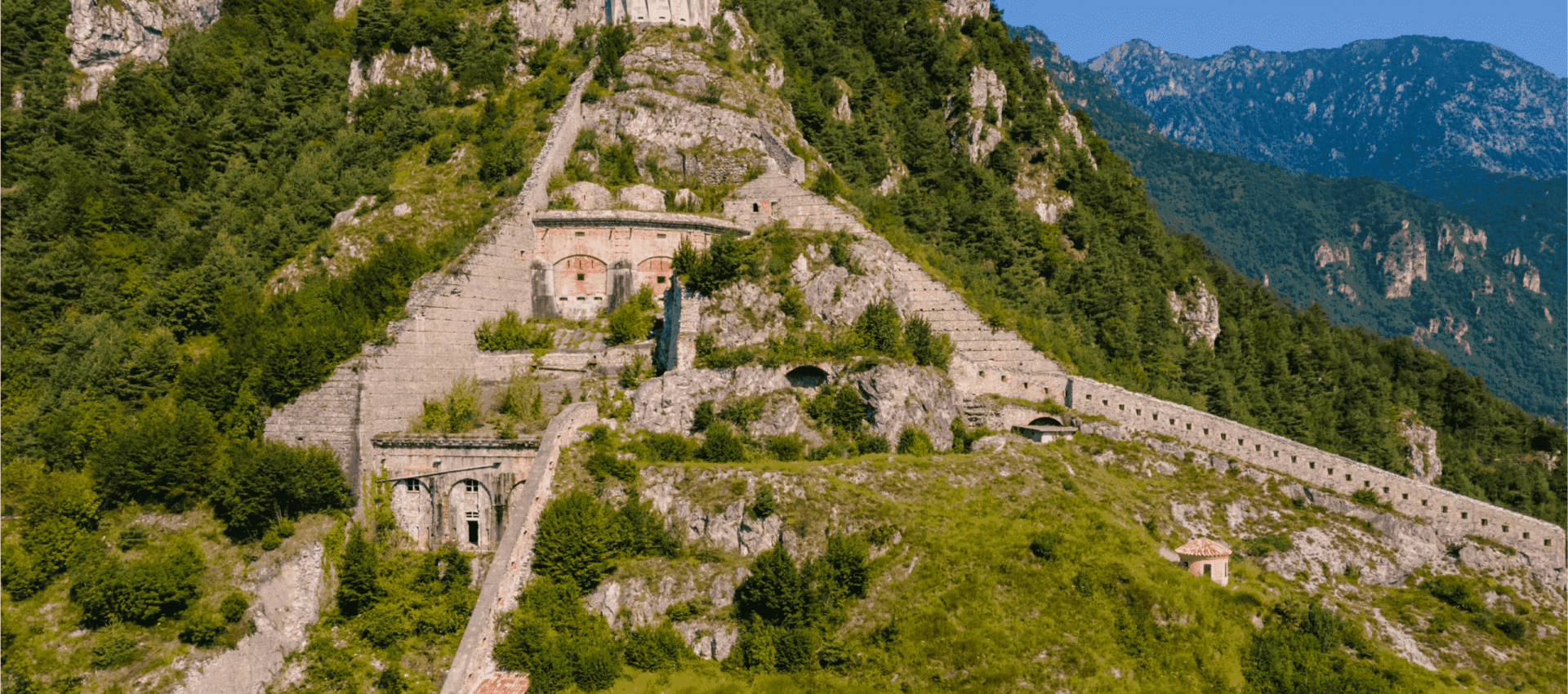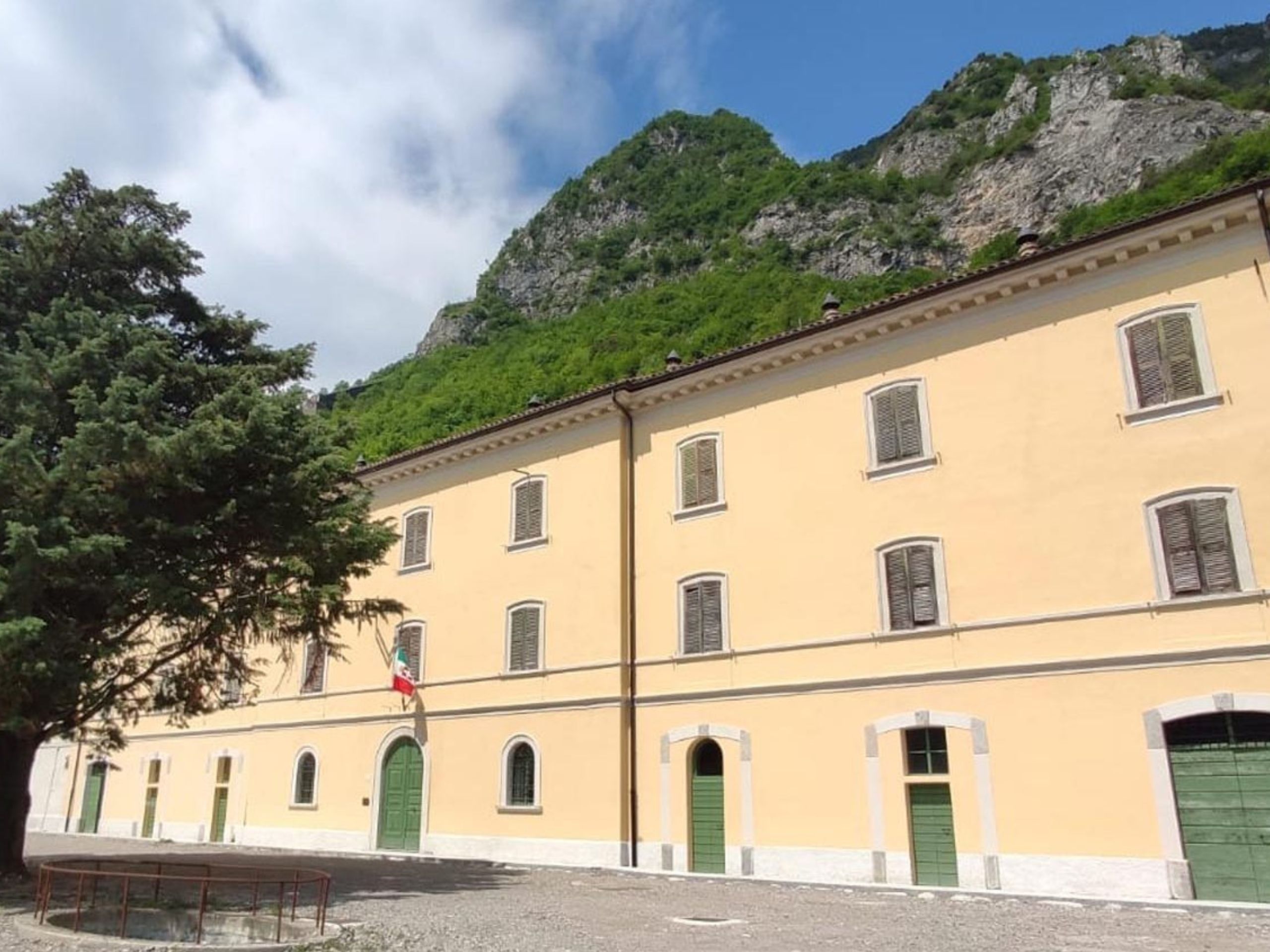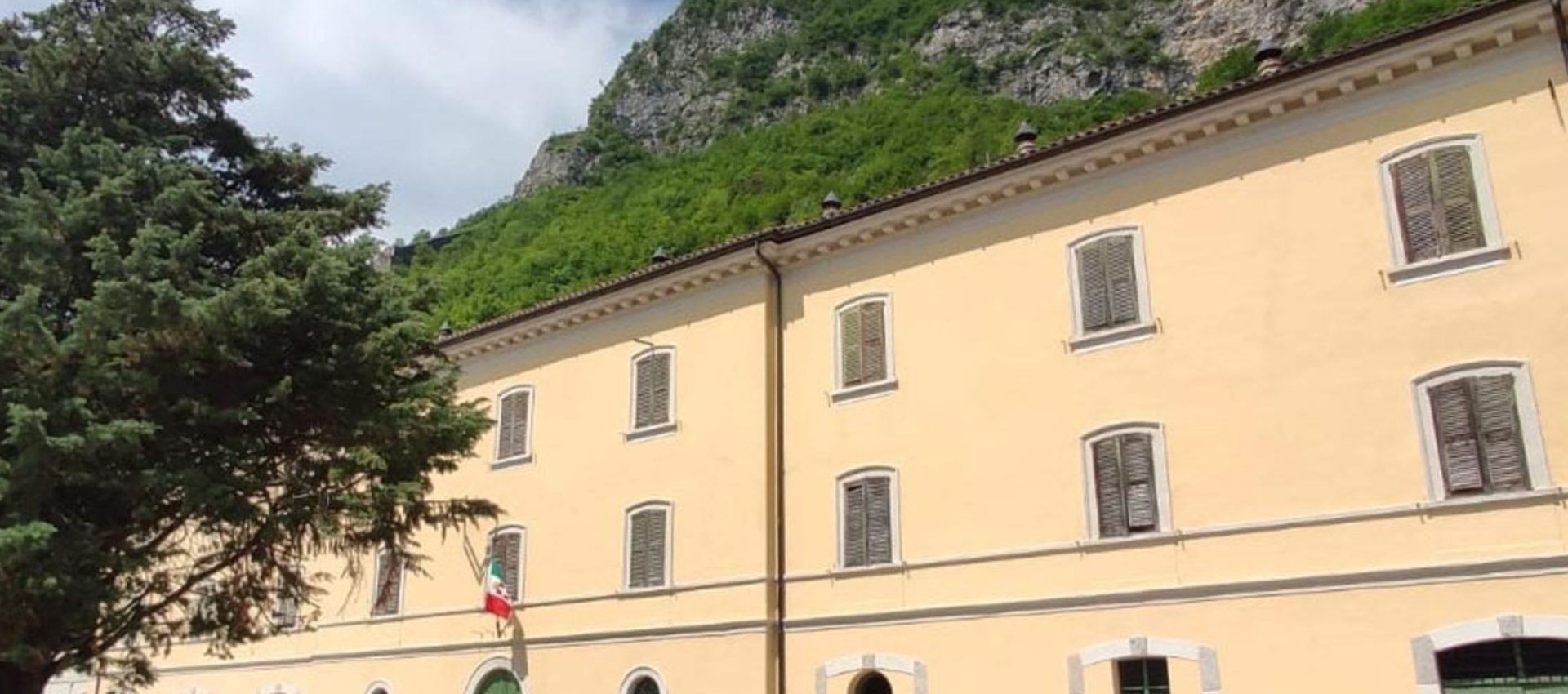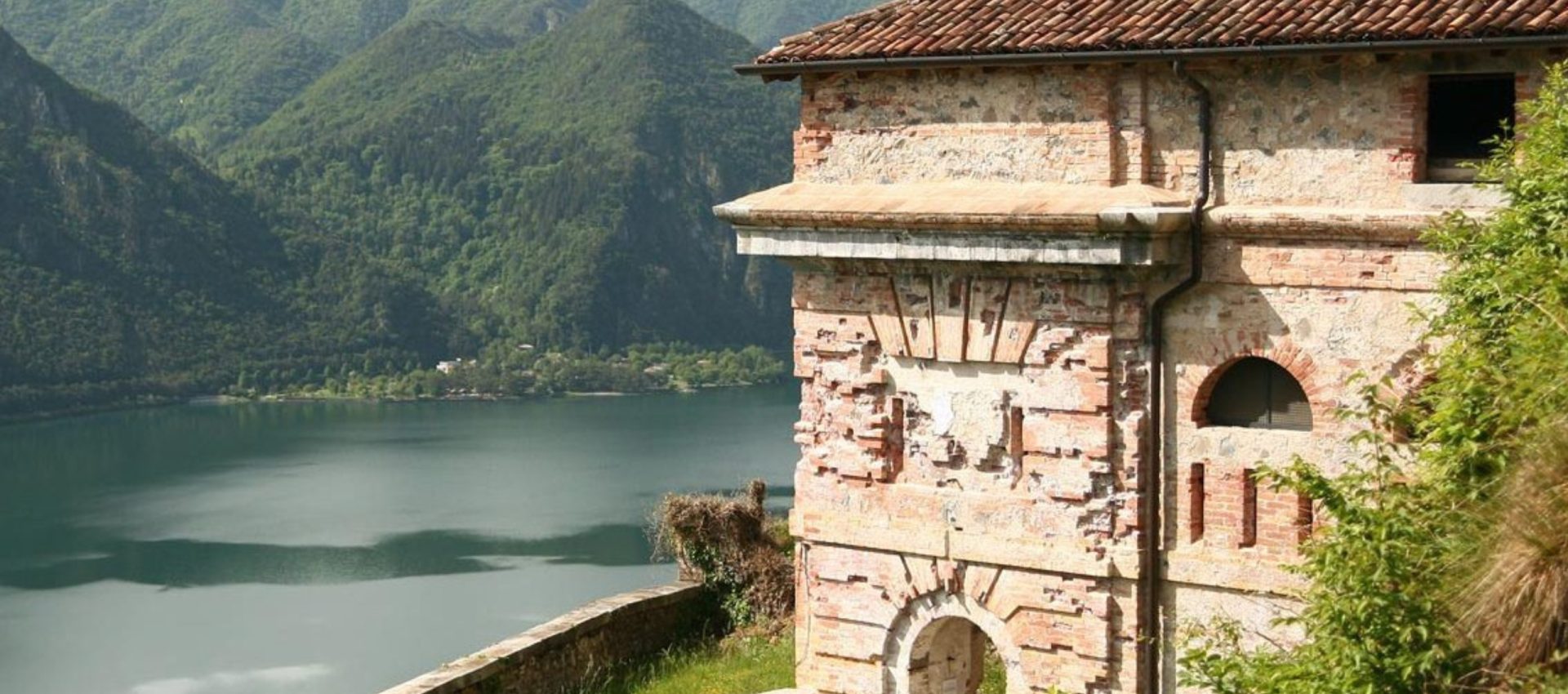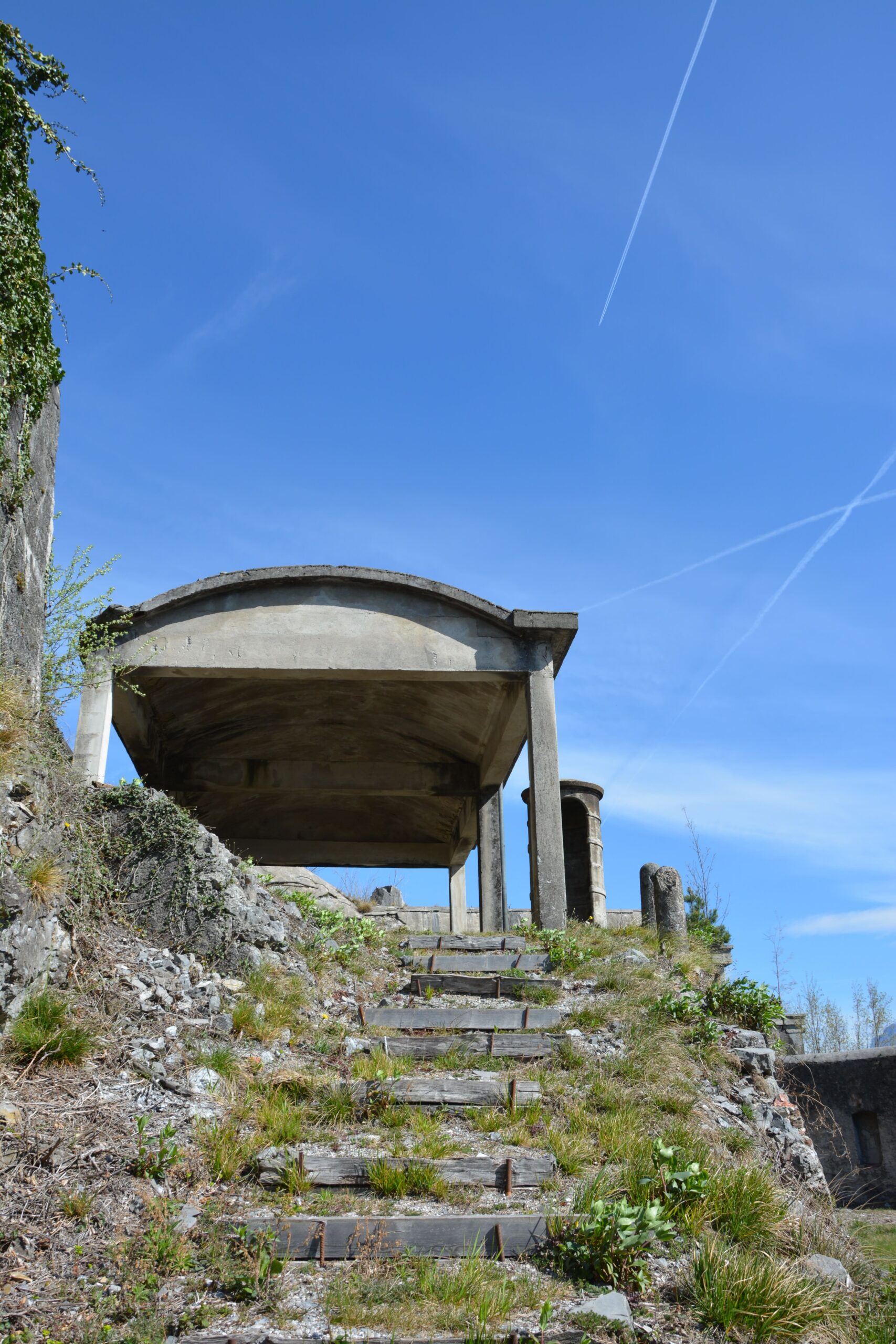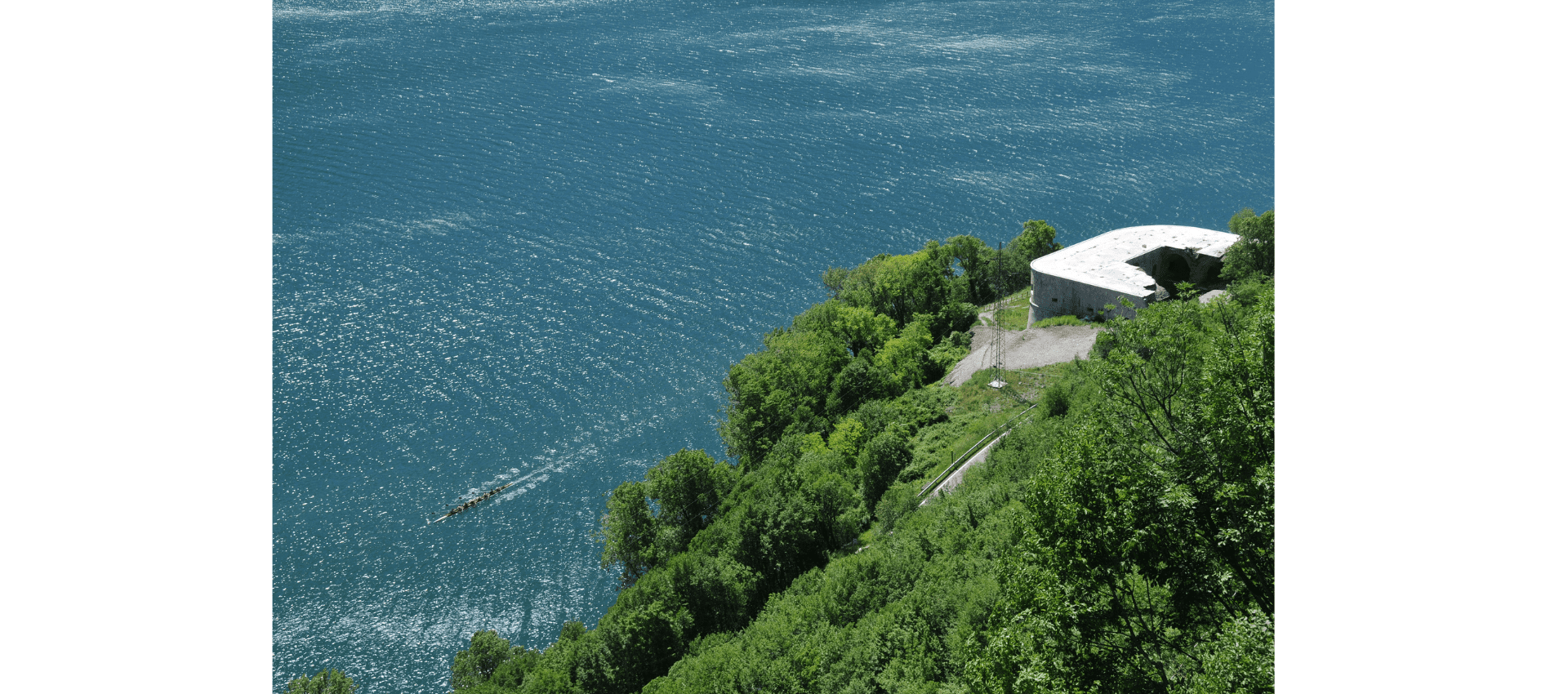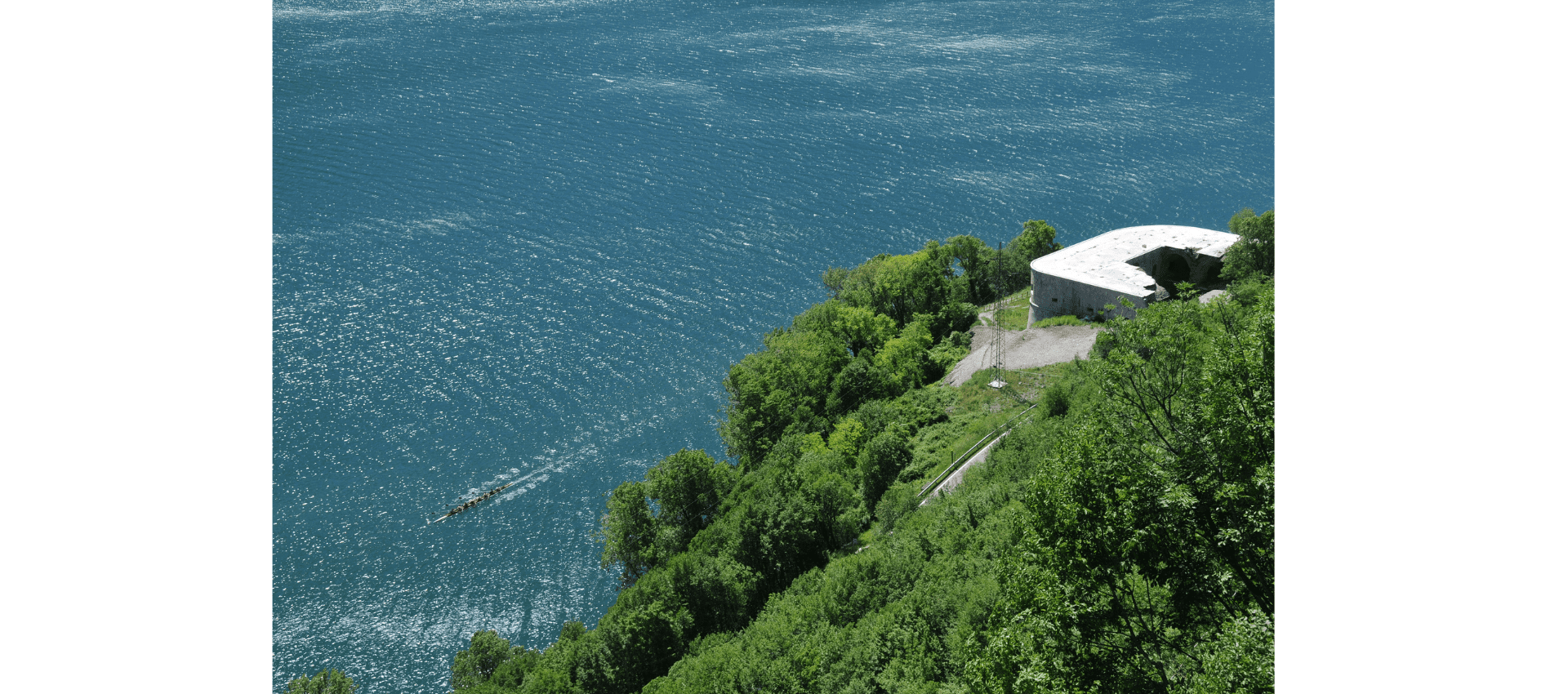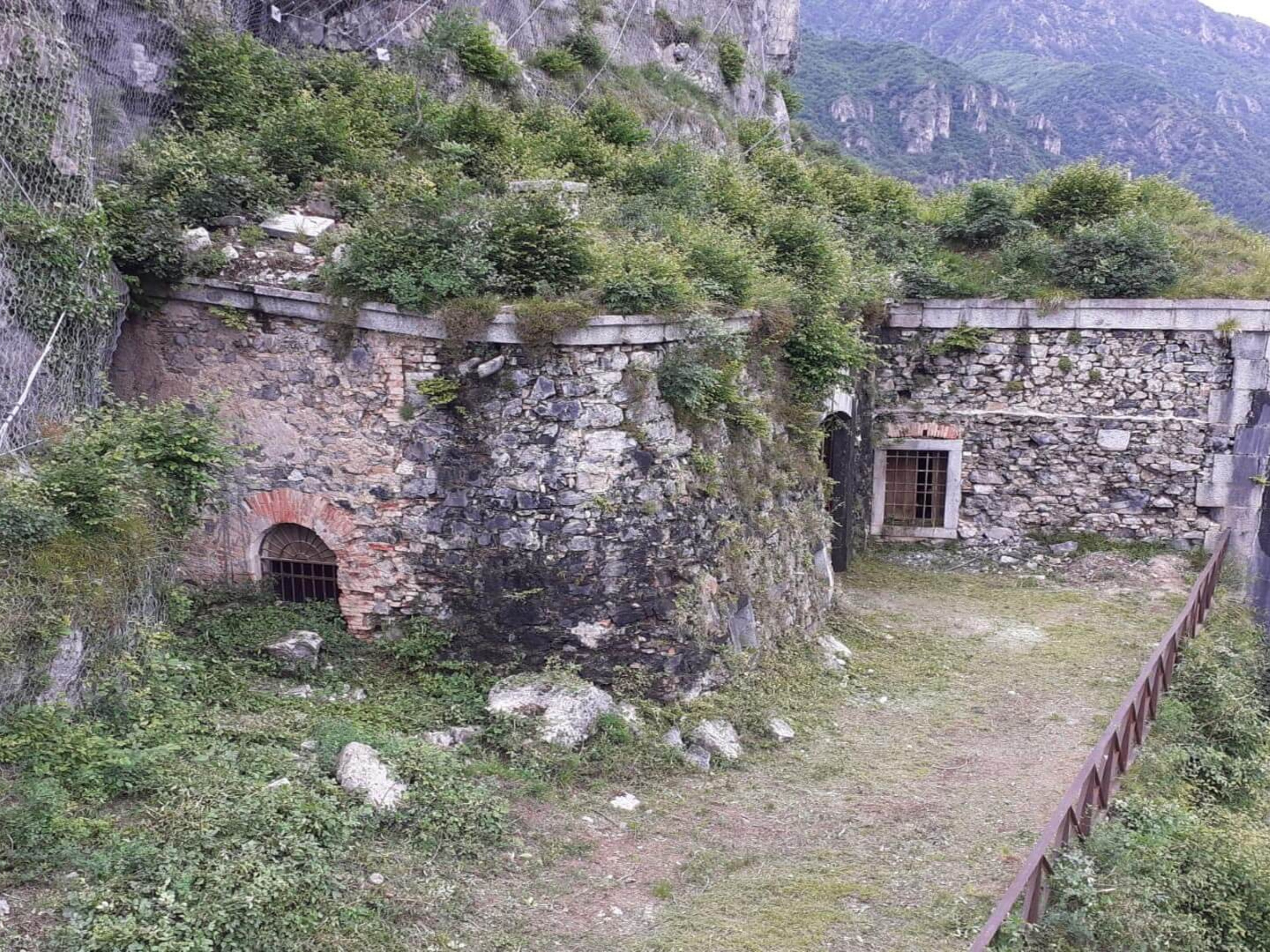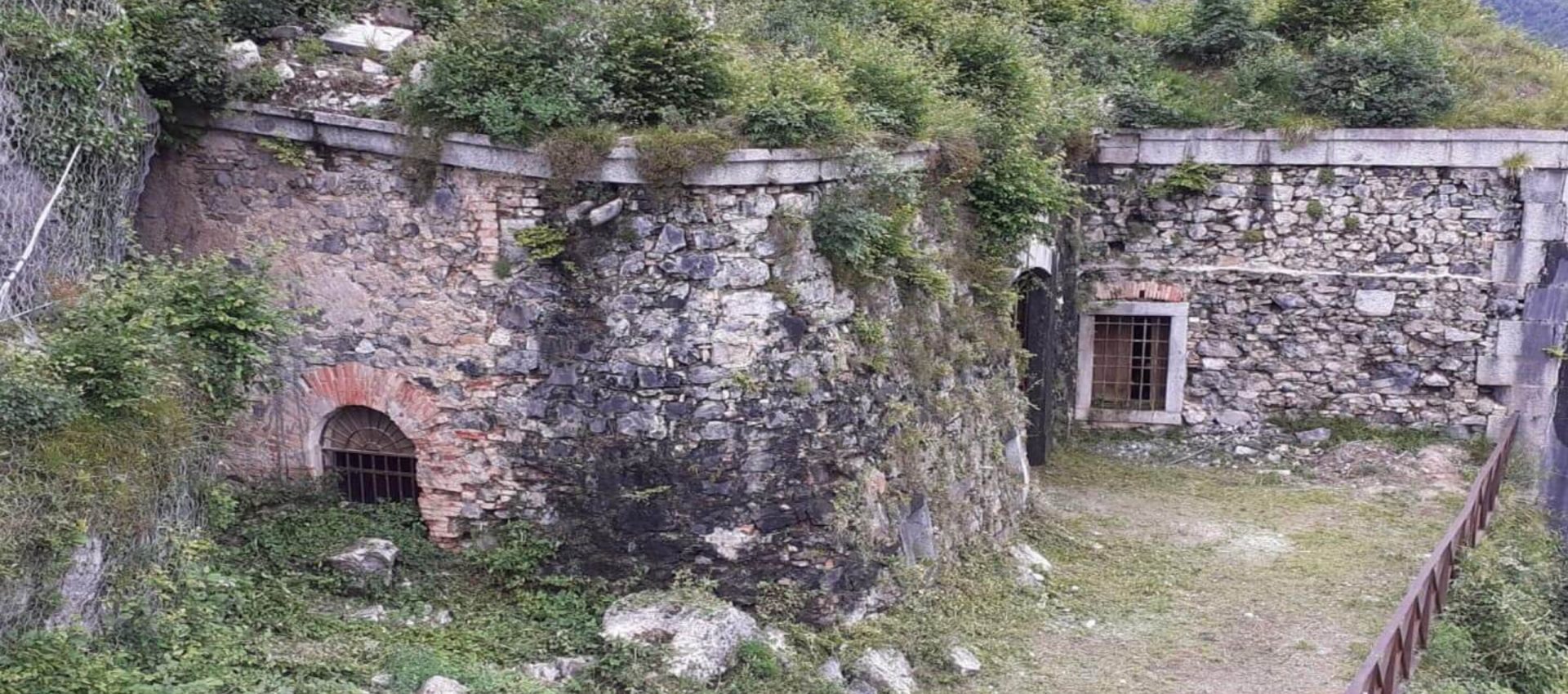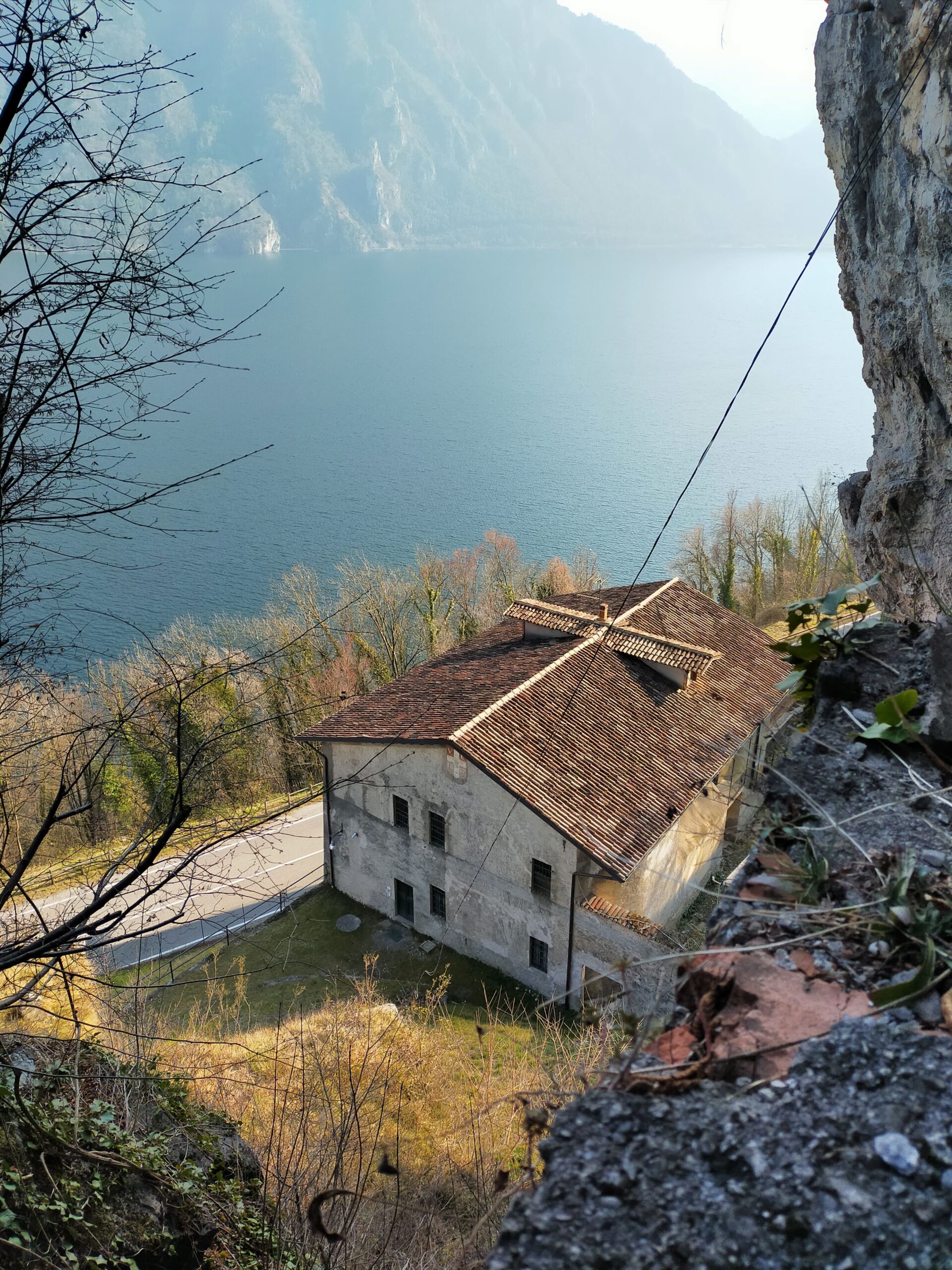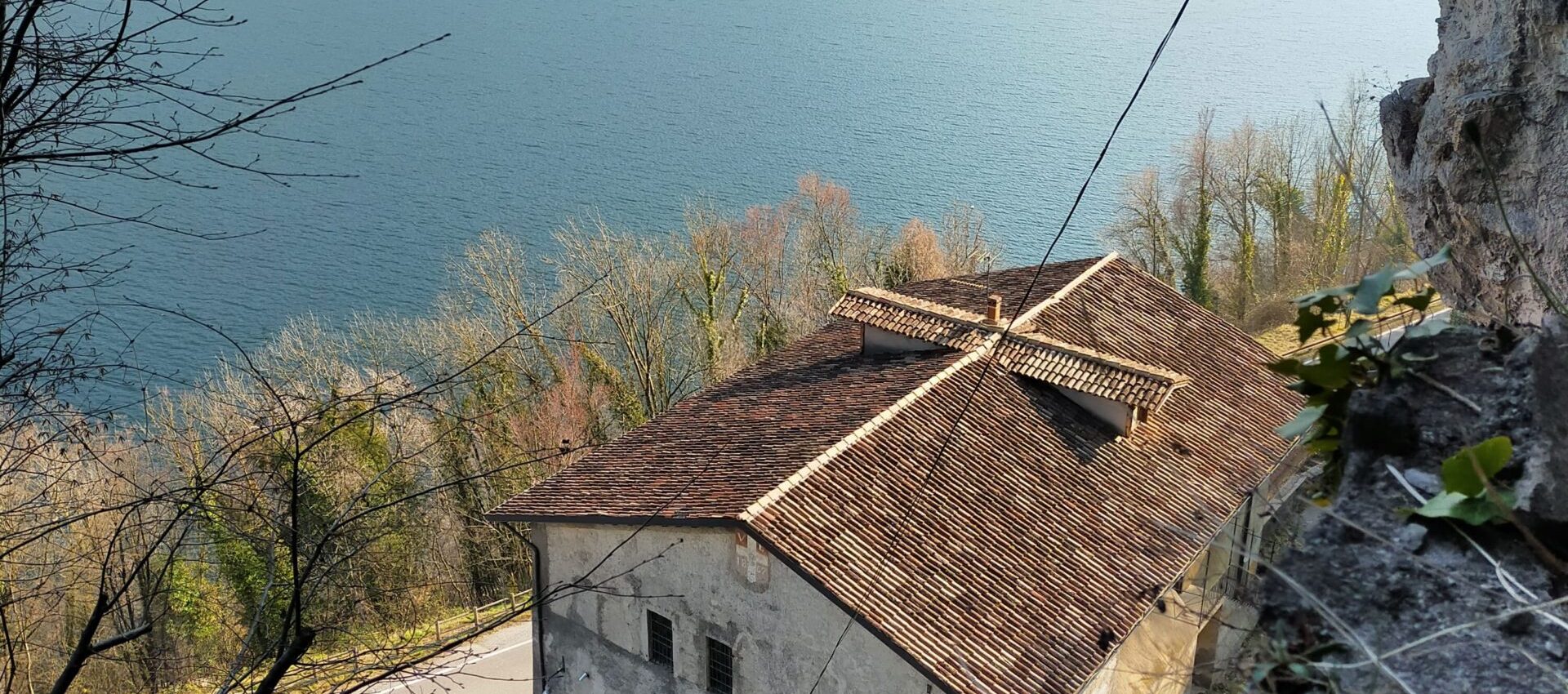Torre avanzata della Lunetta
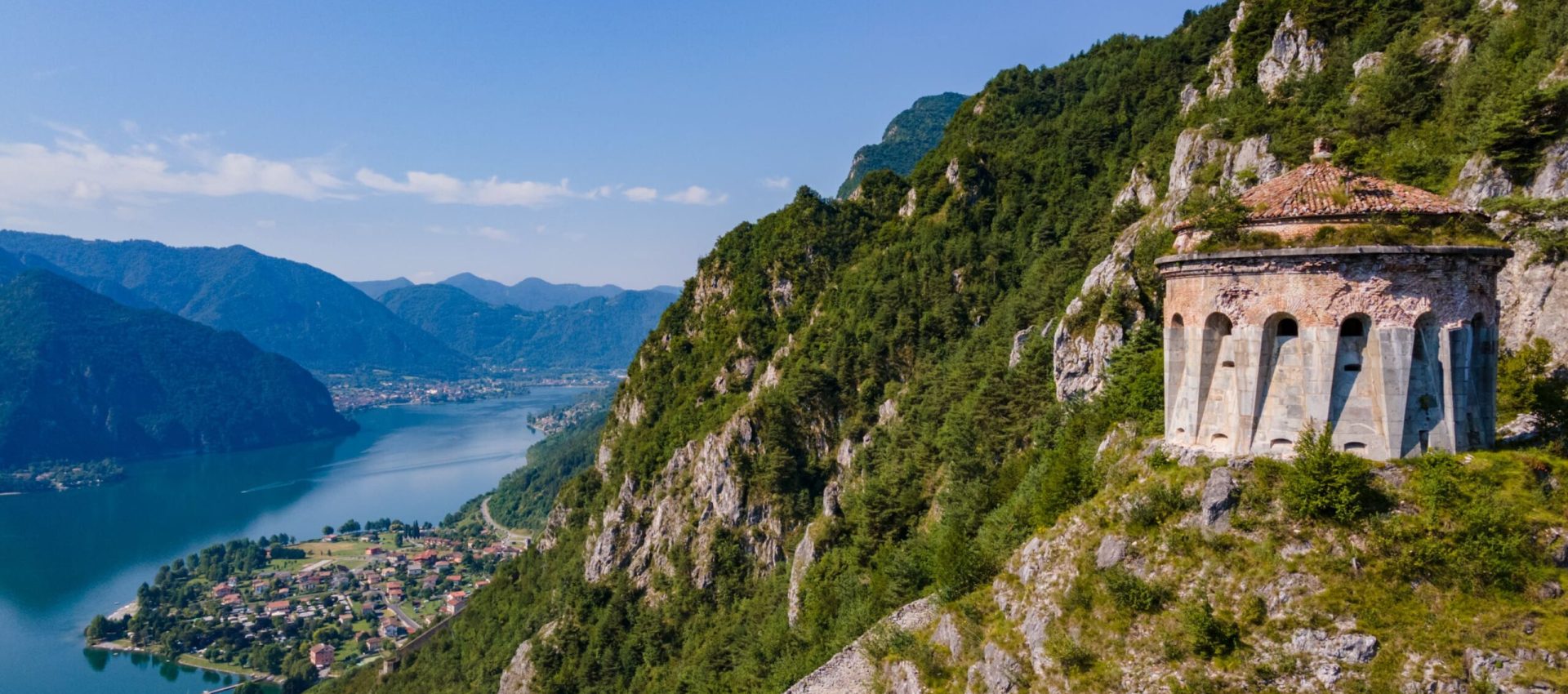
The summit of Parlessi Mountain, at the foot of Mount Censo, was flattened, excavated, and modified under the plans of Napoleon Bonaparte’s Engineer of Engineers to make way for the unfinished fortress.
At the apex of this pyramid stands the tower, of the colour of the rock, with plumb lines that enemy cannons cannot reach and that could be mistaken for a peak. It acts as a sentinel to the valley and is, at the same time, a fearsome turret where cannons can be placed. Its two moats, controlled by casemates with direct fire against the rear, make it practically impregnable.
It is only accessible from a real small underground fortress that climbs up the mountainside, without giving any apparent external signal, which only a careful eye can notice.
Construction period:
1803-1805
Type of building:
Watchtower
Dimension:
35 mq
Altitude:
651m asl
Book your guided tour
The fortress can be visited by taking part in a guided tour or independently upon reservation.

